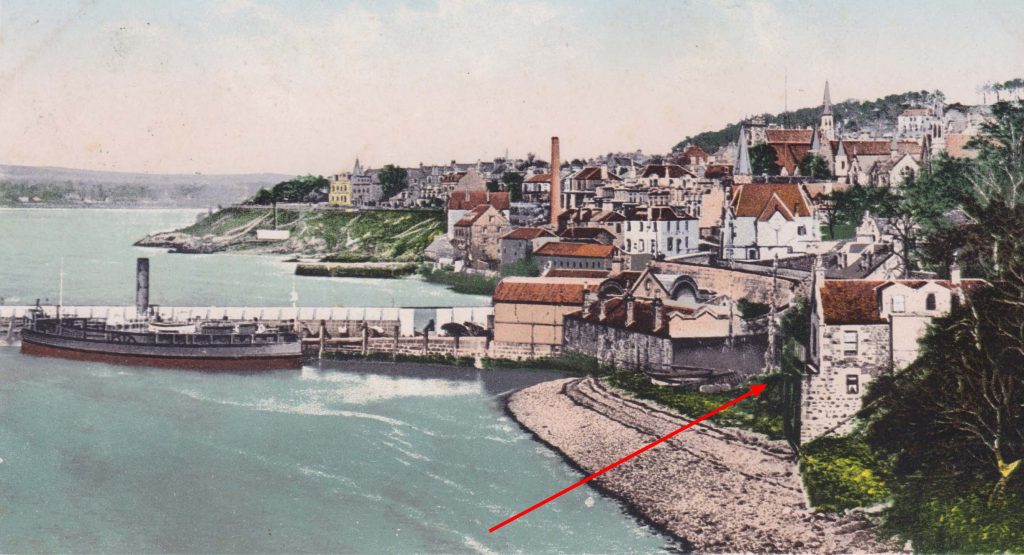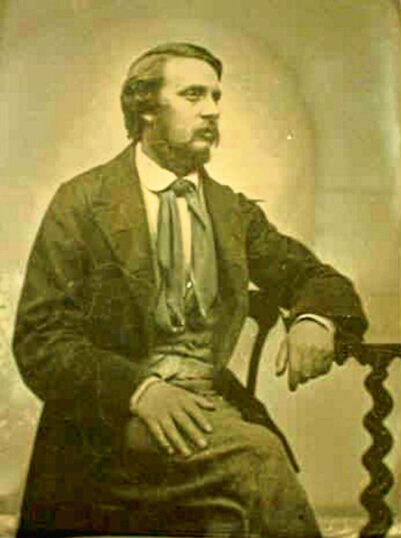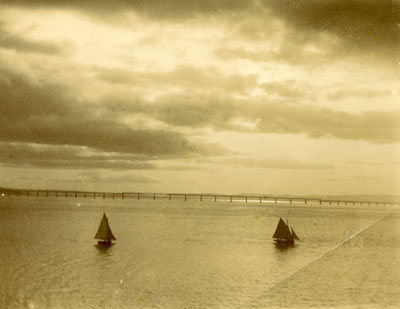The whole of Victorian Scotland was spellbound by the High Court trial of the alleged poisoner Madeleine Smith who was accused of murdering her lover Emile L’Angelier in 1857.
The inhabitants of Newport took an extra interest in the newspaper reports as one of the protagonists in the case had been a frequent visitor to the village only a few years previously.

Taybrae Cottage, just up the hill from the ferry pier on the site of 16 Boat Brae but now demolished, was a second home for Andrew Smith, an upholsterer in the Nethergate, and his family.
In the 1850s Taybrae Cottage allowed them to escape from the delights that their city home off the Nethergate afforded them. It was here in 1852 that someone who was later to figure in that court case was a repeat visitor.
It wasn’t (as the name might suggest) Madeleine Smith, but the victim – Emile L’Angelier – who came here so often.
Andrew Watson Smith, the eldest son in the upholsterer’s business, was very friendly with Emile who was working in Laird’s nurseryman’s shop in Nethergate, just along from the upholstery business. Andrew was staying in the Newport house at the time and Emile frequently came across to visit him. He often stayed over from Saturday till Monday.

Unfortunately neither Dundee’s nor Newport’s attractions were enough for Emile because in July 1852 he had moved to Glasgow, a move which was to be his last.
Five years later he was dead, Madeleine’s trial ended with a ‘Not Proven’ verdict, and numerous books, articles and films were to follow.
Sources:
- The original connection was given in That Nice Miss Smith, Nigel Morland, 1988, Souvenir Press Classic Crime Series
- Trial of Miss Madeline Smith, in the High Court of Justiciary, on the charge of poisoning, June 30-July 9, 1857, published by The Scotsman Office, Edinburgh, 1857. Internet Archive
- Census Scotland, 1851. Nethergate, Dundee. 282/82/14. ScotlandsPeople
- Dundee Directory 1853. Internet Archive

